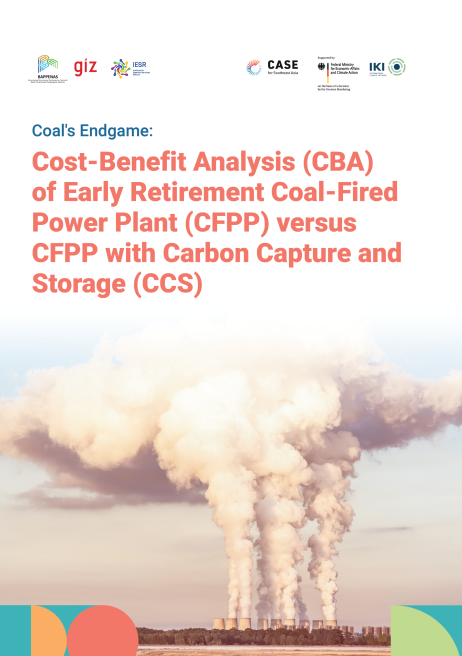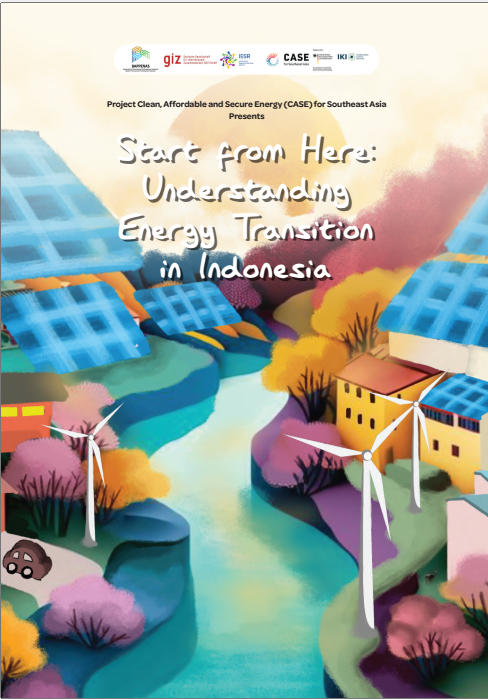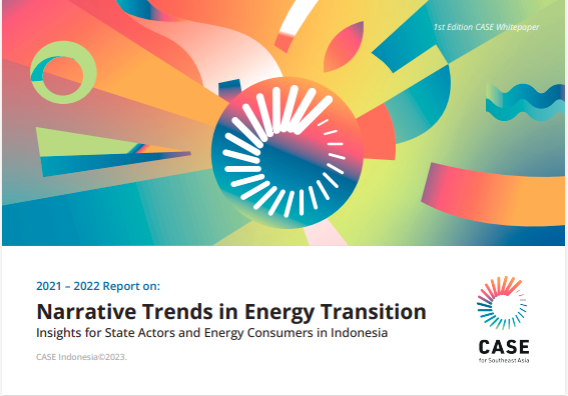
CASE Insights: Coal Phase Out Germany and Australia’s Practical Implementation to Support Energy Transition in Indonesia
Indonesia, as an archipelagic nation with a tropical climate, is blessed with ample renewable energy (RE) resources, including geothermal, hydro, solar, biomass, and wind energy. However, the RE share in the power mix is stagnating around 11%. At the same time, it is the largest thermal coal-exploring country (400 million tonnes in 2020), with an annual average of coal production reaching as high as 600 million tonnes. Around a quarter of the total coal production is utilized for domestic use in coal-fired power plants, translating to at least 50% of Indonesia’s total installed capacity and contributing to 34% of Indonesia’s total greenhouse gas (GHG) emissions. The need to reduce GHG emissions from the energy sector, particularly by reducing coal use, thus becomes more urgent than ever considering the newly announced national goal to reach net zero emissions by 2060 on top of the nation’s commitment to reduce its GHG emissions by 29% below the business-as-usual scenario by 2030. In order to support the attainment of Indonesia’s climate and energy goals, the Indonesian chapter of the Clean, Affordable, and Secure Energy for Southeast Asia (CASE) programme held a virtual webinar to share the lessons learned on coal phase-out strategies and processes in other coal-reliant countries, i.e., Germany and Australia. This dialogue serves as a platform for Indonesia’s government officials, business leaders, and the public alike to understand what a coal phase-out entails — from policies, socioeconomic concerns, financial needs, institutional readiness, to technical capacity.





